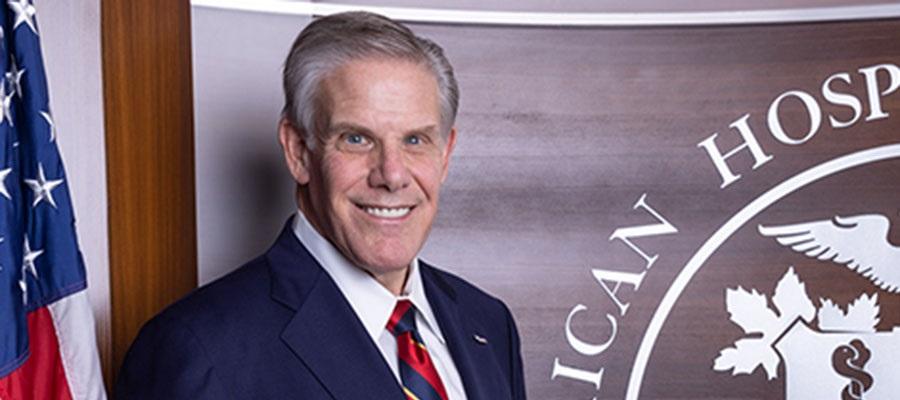Lown Institute Report on Hospital Community Benefits Misses Mark

All hospitals and health systems, regardless of size, location and type of ownership, are dedicated to caring for their patients and communities in a wide variety of ways. A 2019 report by the respected accounting firm Ernst and Young demonstrates that for every dollar invested in non-profit hospitals and health systems through the federal tax exemption, $11 in benefits is delivered back to communities. Additionally, a 2021 report from the AHA found that tax-exempt hospitals provided more than $105 billion in total benefits to their communities in 2018 alone, the most recent year for which comprehensive data is available.
The Lown Institute’s latest report on hospital community benefits is an obvious example of relying on pre-conceived notions and faulty methodology to draw inaccurate conclusions. The report cherry-picks categories of community investment while simply ignoring others, such as researching life-saving treatments and cures and training and educating the next generation of caregivers. It overlooks many of the essential contributions hospitals make to their communities that are critically important, especially during the pandemic. For example, a number of hospitals invested considerable funds and expertise into developing COVID-19 tests after setbacks from public health agencies. Hospitals also expanded treatment capacity especially as COVID-19 cases surged, established vaccine clinics and launched outreach campaigns to ensure everyone has access to vaccines, to name just a few examples.
It is imperative to stress that financial assistance is only one part of a hospital’s total community benefit and does not account for the numerous programs and services that hospitals tailor and provide to meet the many varied needs of their community. In addition, not all the services that hospitals provide to their communities are included as part of community benefit reporting and are not captured in the Lown Institute’s analysis.
These include programs that address housing needs, accessing healthy food, educational and wellness programs, health screenings, transportation to ensure patients arrive at medical appointments, and other programs and services to address the needs that affect the community’s health and address the social determinants of health.
Hospitals also bear many uncompensated and unreimbursed costs. For instance, hospitals not only provide financial assistance to patients, but also “relieve government burden,” a touchstone of tax exemption, by absorbing underpayments from means-tested government programs such as Medicaid, as well as unreimbursed Medicare expenses. Combined underpayments were $100.4 billion in 2020, up from $75.8 billion in 2019. The 2020 underpayment includes a shortfall of $75.6 billion for Medicare and $24.8 billion for Medicaid. Further, hospitals provide benefits by covering the costs attributable to patients who would have qualified for financial assistance but did not apply.
In addition, hospitals subsidize the high cost of the many essential services they provide to their communities, such as burn and neonatal units. And, hospitals continue to provide these services even as the cost of providing care continues to increase significantly due to a range of factors outside of their control including rising inflation as well as massive growth in the costs of drugs, contract labor and supplies and equipment.
America’s hospitals and health systems do more than any other part of the health care field to support vulnerable patients and communities: Our doors are always open, regardless of a patient’s ability to pay. In total, hospitals of all types have provided nearly $745 billion in uncompensated care to patients since 2000.

